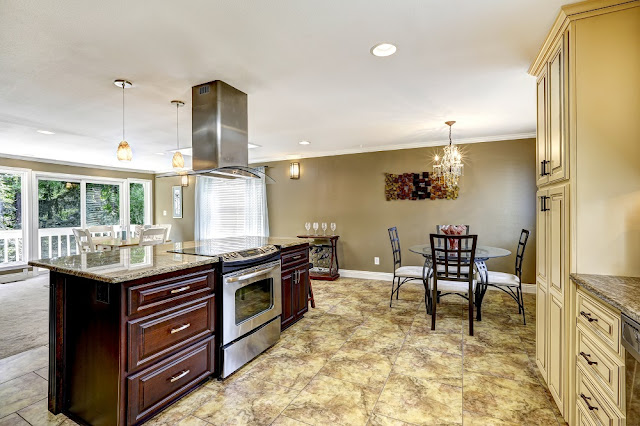Exposed aggregate concrete is a kind of concrete which is decorative. In this the top cement paste layer is removed and the aggregate which is underlying is revealed.
This decorative aggregate is skid resistant and very durable. It is used for patios, pool decks, driveways as well as sidewalks.
 |
| Exposed Aggregate |
Types for Aggregate Exposed Concrete
Monolithic where the aggregates are batched in the concrete truck at the plant itself. This is the most common and easiest method.
- Seeded where the concrete is placed and immediately after that the decorative exposed aggregates are broadcast or else they are hand placed on the surface of the concrete and are hand floated.
- Overlay uses an existing concrete. On this, the aggregates are mixed into the overlay and it is added to the existing concrete. That way the concrete has a new look.
When applying these aggregates one should remember that the top layer of the cement paste should be soft while the underlying concrete should be allowed to harden. This is done by using a surface retardant which is sprayed after the concrete and aggregate are installed. Hours later, the cement paste is rinsed with a pressure washer or garden hose and the aggregate then gets exposed.
When the concrete is placed, there is different exposure methods which can be used based on the kind of look which is desire as well as how big the project is. As per the general rule, the mortar on the surface should be removed to a maximum of 1/3 of the diameter of the particles of aggregate.
Advantages
This exposed aggregate, Croydon, and other such places are seeing a huge demand and surge is due to the various benefits people get from it. They are:
- Decorative effects are achieved at a cost which is very reasonable as very few other materials are needed. A concrete finisher is able to master the procedures very quickly.
- This surface is very skid resistant and resists wearing. This also can handle all types of weather conditions.
- There are various forms which are available such as small, large, round, colored and more.
- This can blend well with all kinds of decorative concrete.
- This does not require much maintenance except occasionally it needs to be cleaned with water and after few years it needs to be resealed.
 |
| Exposed Aggregate for Home |
Brushing As Well As Washing
This method is simple and does not need chemical retarders and it does not need special tools. The thin layer which is on the surface which covers the aggregate is removed by spraying it with water and then using a broom to scrub it off till the aggregate is seen in the depth which is needed. This is good only for small jobs and it should be done only as soon as the mortar can be removed without fear of the aggregate getting displaced.
A surface retarder is sprayed after finishing. This allows the setting to be delayed and the cement paste can be removed even a day or two later by pressure washing or scrubbing.
Abrasive blasting is done by sand blasting or by shot blasting. The only disadvantage is that the aggregate can get fractured or dull in appearance. Hence this is not recommended where the intensity of color and shape is essential in the project.
Exposed aggregate concrete is a kind of concrete which is decorative. In this the top cement paste layer is removed and the aggregate whic...


































